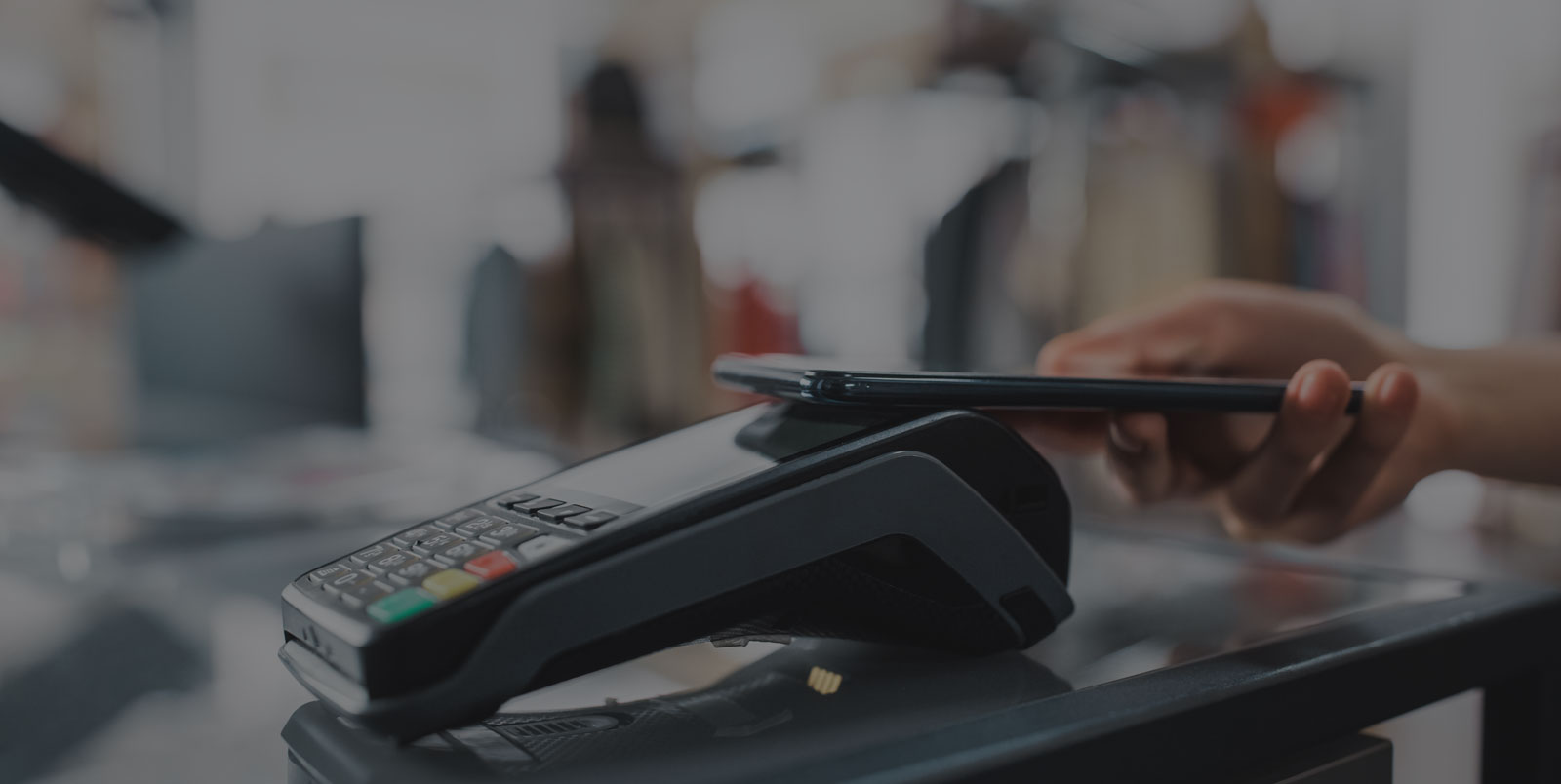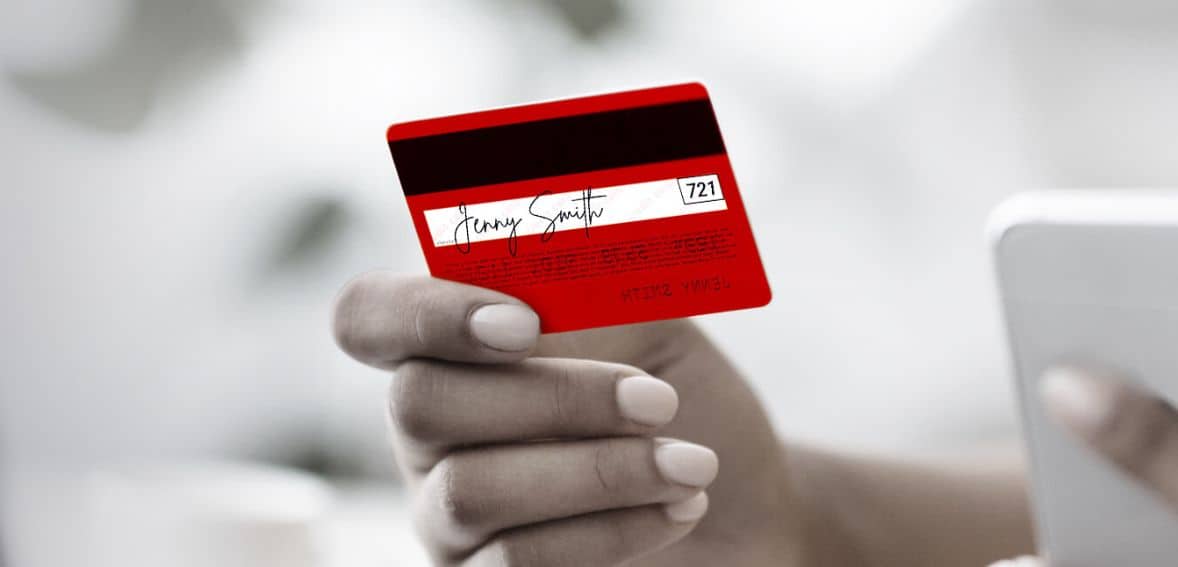
By Rosemary Pearson February 25, 2025
Online payments have made life more convenient, but they also come with risks. That’s where the CVV2 code comes in. It’s a small but powerful security feature. Since merchants can’t store it, even if your card details get stolen, the thief won’t have everything needed to make purchases. In this article, we’ll break down what CVV2 is, how it works, its benefits, and how you can keep your card details safe from fraudsters.
What Is a CVV2 Code?

When it comes to making payments, security measures play a crucial role. An in-person payment transaction made with a chip-and-PIN card needs both physical possession. Contactless payment measures such as Apple Pay, Google Pay, and Samsung Pay depend on device security methods such as fingerprint or facial recognition to verify the payment.
However online and over-the-phone purchases need different security protocols as the card is not physically there. Most websites enable users to save their card details for better convenience, but this convenience causes several risks if the site is compromised, and the payment data could be accessed by unauthorized parties.
This is where Card Verification Value 2 (CVV2) comes in. The CVV2 is a three to four-digit security code printed mostly on the back of your credit card or debit card or sometimes in front. It aims to serve as an additional layer of authentication for payment, where your physical card is not used like online or phone purchases.
Unlike card numbers and expiration dates, which most merchants are likely to store with customer permission, CVV2 security codes cannot be saved by businesses due to strict regulations.
Original CVV codes used to be embedded in the card stripe for in-person payment. The CVV2 was later changed to specifically increase security for online and remote transactions, decreasing the potential risk of fraud.
For digital and virtual cards, issuers often provide a digital CVV2 that allows users to make purchases immediately, even before receiving the physical card. This ensures that cardholders can shop securely from the moment their account is approved.
By requiring the CVV2 for online purchases, financial institutions and merchants add an extra safeguard, ensuring that the person making the transaction has access to the actual card—not just stolen card details.
CVV1 vs. CVV2: What’s the Difference?
Understanding CVV codes can be a bit tricky, but let’s break it down in simple terms. The security codes associated with payment cards fall into different categories, with CVV1 and CVV2 being the most commonly discussed.
CVV1 is embedded within the magnetic stripe on the back of your credit or debit card. It is used for in-person transactions where the card is swiped at a terminal. This code helps verify that the card being used is authentic before the transaction is approved.
CVV2 is the three- or four-digit number printed on the card itself. It is specifically designed for transactions where the physical card is not present, such as online or over-the-phone purchases. Since merchants cannot store CVV2 codes, it adds an extra layer of security against fraud.
While both codes serve the purpose of verifying the authenticity of a transaction, CVV1 is primarily used for in-store purchases, while CVV2 is used for remote transactions where additional verification is needed.
Where to Find Your CVV2 Security Code
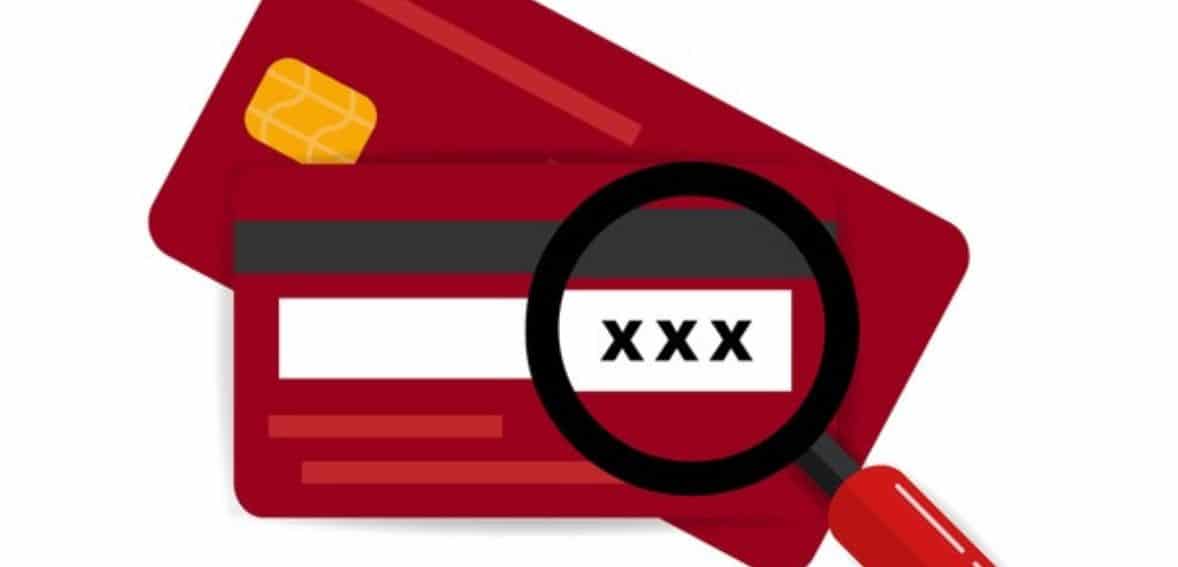
The CVV2 security code is a three- or four-digit number printed on your debit card or credit card. It serves as an extra layer of security for online and phone transactions, helping to verify that you have the physical card in your possession.
- Visa, Mastercard, and Discover: The CVV2 code is a three-digit number located on the back of the card, typically on the signature strip, following the last four digits of your card number.
- American Express: The CVV2 code is a four-digit number found on the front of the card, usually in the upper-right corner above the card number.
When making online purchases or paying for services with your credit or debit card, you may be asked to enter the CVV2 to complete the transaction. Since merchants are not allowed to store CVV2 numbers, this security measure helps prevent unauthorized use of your card, reducing the risk of fraud.
Different Names for Card Security Codes Across Networks
Each credit card network has its term for security codes, even though they all serve the same purpose: verifying that the person making a transaction has the physical card. While CVV2 is commonly used as a general term, it is the official name used by Visa. Other card networks use different terminology, including:
- American Express: CID (Card Identification Code) or CSC (Card Security Code)
- Discover: CID (Card Identification Number)
- JCB: CAV (Card Authentication Value)
- Mastercard: CVC (Card Validation Code)
- UnionPay: CVN (Card Validation Number)
Despite the different names, all these codes serve the same function—providing an additional layer of security for transactions, especially when the card is not physically present.
How the CVV2 Security Code Function
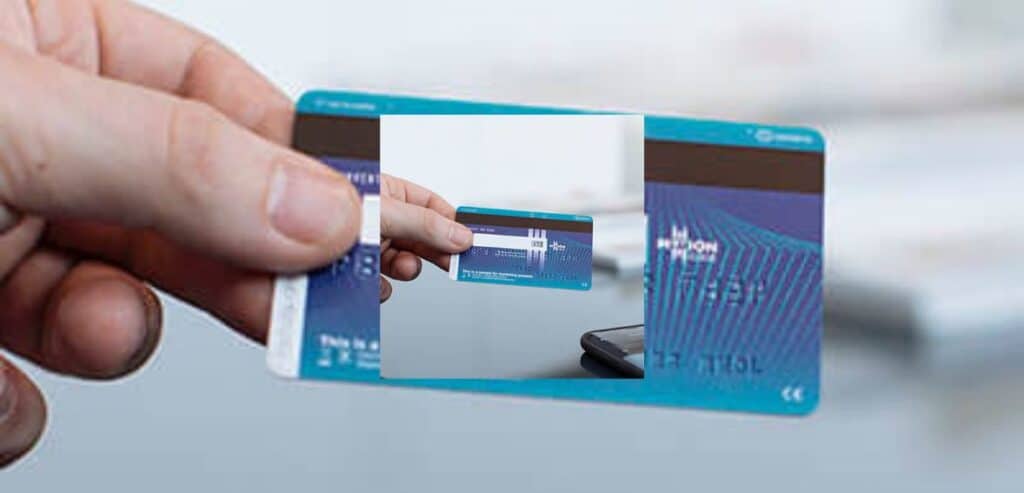
When making a purchase, merchants often request your CVV2 code to verify that you have the actual card in your possession. This added security measure helps prevent fraud, especially in online and phone transactions, where physical card presence cannot be confirmed. If the CVV2 entered does not match the one associated with the card, the transaction may be declined.
Unlike chip or magnetic stripe transactions, the CVV2 is not stored on your card’s chip or magnetic stripe, meaning it is never automatically transmitted during in-person payments. This ensures that even if your card details are stolen through skimming or a data breach, they cannot be used for purchases requiring a CVV2.
Since not all merchants require CVV2 verification, it’s important to regularly monitor your account statements for any unauthorized transactions. If you notice suspicious activity, report it immediately to your bank to help prevent further fraud.
Security Benefits of the CVV2 Security Code
Prevents Unauthorized Online Transactions
The CVV2 code ensures that only someone with a physical card can complete an online or phone transaction.
Separate from CVV1
Unlike CVV1, which is stored in the magnetic stripe for in-person transactions, CVV2 is a printed code used for remote purchases.
Difficult for Hackers to Obtain
While card numbers and expiration dates can be stolen in data breaches, CVV2 codes are harder to access since they are not stored in merchant databases.
PCI DSS Compliance
Payment Card Industry Data Security Standard (PCI DSS) regulations prohibit businesses from saving CVV2 codes, making it mandatory to enter the code for each transaction.
Enhances Fraud Protection
By requiring the CVV2 code, businesses can reduce fraudulent transactions and better verify the identity of the cardholder.
Challenges of the CVV2 Security Code
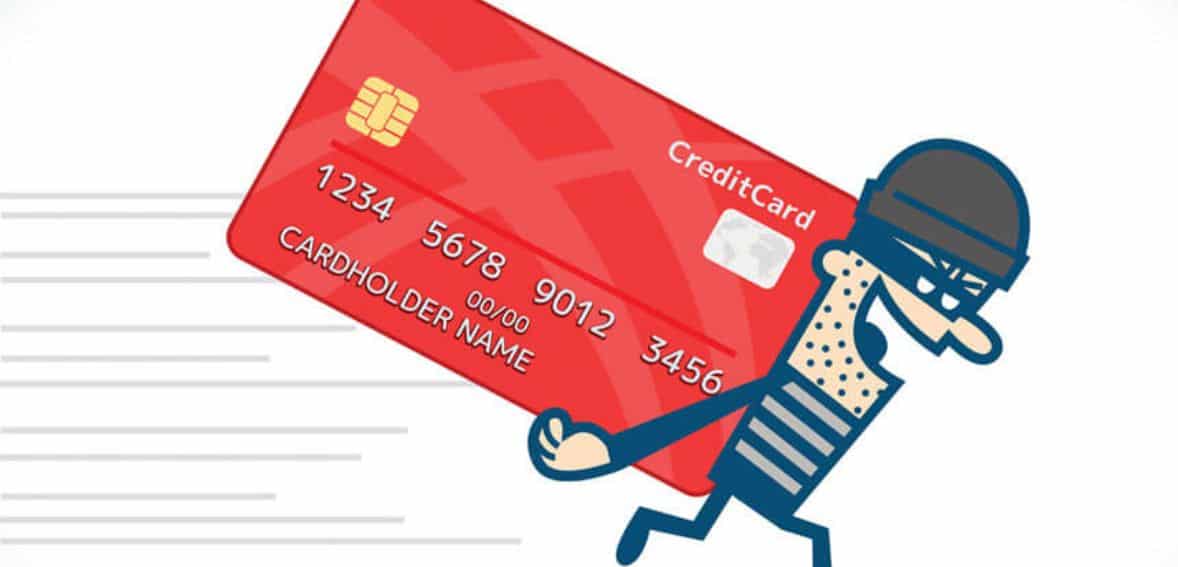
While the CVV2 code adds an extra layer of security, it is not a foolproof defense against fraud. There are still ways attackers can bypass this measure, making it important to stay vigilant when using your payment cards.
Vulnerability to Phishing and Malware
Fraudsters often use phishing emails, fake websites, or malicious software to trick users into entering their card details, including the CVV2 code. Once obtained, this information can be used for unauthorized transactions, despite the security measures in place.
Unauthorized Use by Friends or Family
In some cases, fraud does not come from hackers but from someone close to the cardholder. A friend or family member who has access to the card details, including the CVV2 code, can make unauthorized purchases. Since these transactions were technically approved, they can be harder to dispute.
Risks with Lost or Stolen Cards
The CVV2 code is printed directly on the card, meaning that if the physical card is lost or stolen, a fraudster can use it for online or phone transactions. Unlike a PIN or password, the CVV2 cannot be easily changed unless the card is replaced.
Chargeback Fraud (Cyber Shoplifting)
Even when merchants verify the CVV2, fraudsters may make a purchase and later dispute the transaction with their bank to get a refund while keeping the goods or services. This is known as chargeback fraud or cyber shoplifting, and it can be a challenge for businesses to detect and prevent.
Merchant Name Confusion on Statements
Cardholders are encouraged to review their billing statements for unfamiliar charges. However, sometimes the merchant’s name appears differently on statements, leading to confusion. This can result in unnecessary disputes even when the transaction is legitimate.
How to Safeguard Your CVV2 Security Code
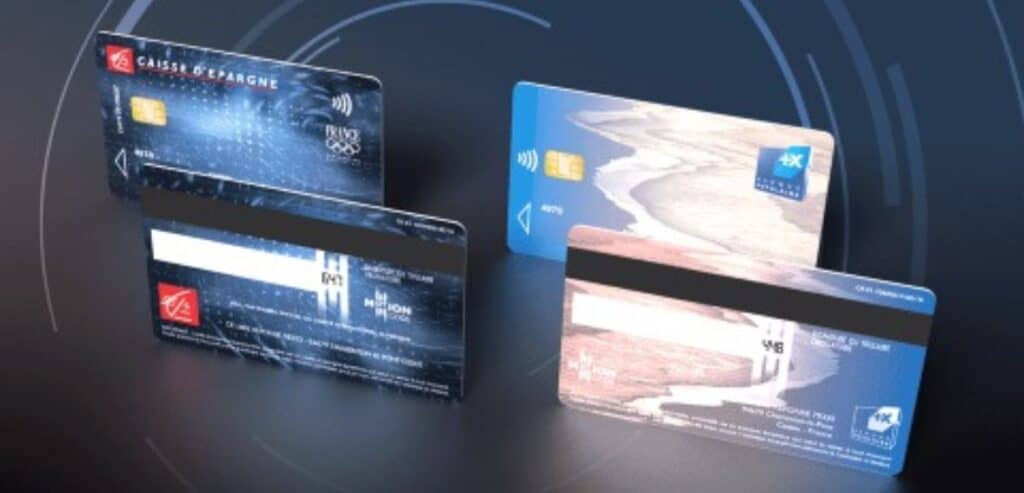
Secure Your Home WiFi
Use a strong password to prevent unauthorized access and avoid entering card details over public WiFi.
Beware of Phishing Websites
Always verify website URLs before entering payment information to avoid scams that mimic legitimate sites.
Never Share Card Details
Do not disclose your CVV2 or other card information over the phone or email unless you are certain of the recipient’s legitimacy.
Install Antivirus Software
Protect your device from malware and keyloggers that could steal financial data by using reputable antivirus software and keeping your system updated.
Monitor Account Activity
Regularly check bank statements to detect and report any unauthorized transactions immediately.
The Payment Evolution Is Already Here
CVV3 is the next evolution in payment security, designed to enhance protection for digital transactions. Unlike CVV2, which is a static code printed on a card, CVV3 generates a unique, temporary security code for each transaction, making it significantly harder for fraudsters to reuse stolen card details.
This technology is commonly used in mobile wallets like Apple Pay and Google Pay, where transactions are further secured with biometric authentication and GPS-based verification. Unlike dynamic CVV (dCVV) cards that display changing security codes on a small screen, CVV3 is entirely digital, ensuring real-time protection without requiring a physical update. As mobile payments continue to grow, CVV3 is paving the way for safer, more secure transactions by preventing unauthorized use and reducing fraud.
Conclusion
The CVV2 security code plays an important role in safeguarding online and remote transactions by verifying that the cardholder has the actual card. While it adds an extra layer of protection against fraud, it is not foolproof. Cybercriminals still attempt to exploit phishing scams, malware, and other deceptive tactics to steal payment information.
As digital payments evolve, technologies like CVV3 are enhancing security by generating dynamic codes for each transaction. To protect yourself, always be cautious when sharing card details, monitor account activity regularly, and follow best practices for online security. Staying vigilant helps ensure safer and more secure financial transactions.
